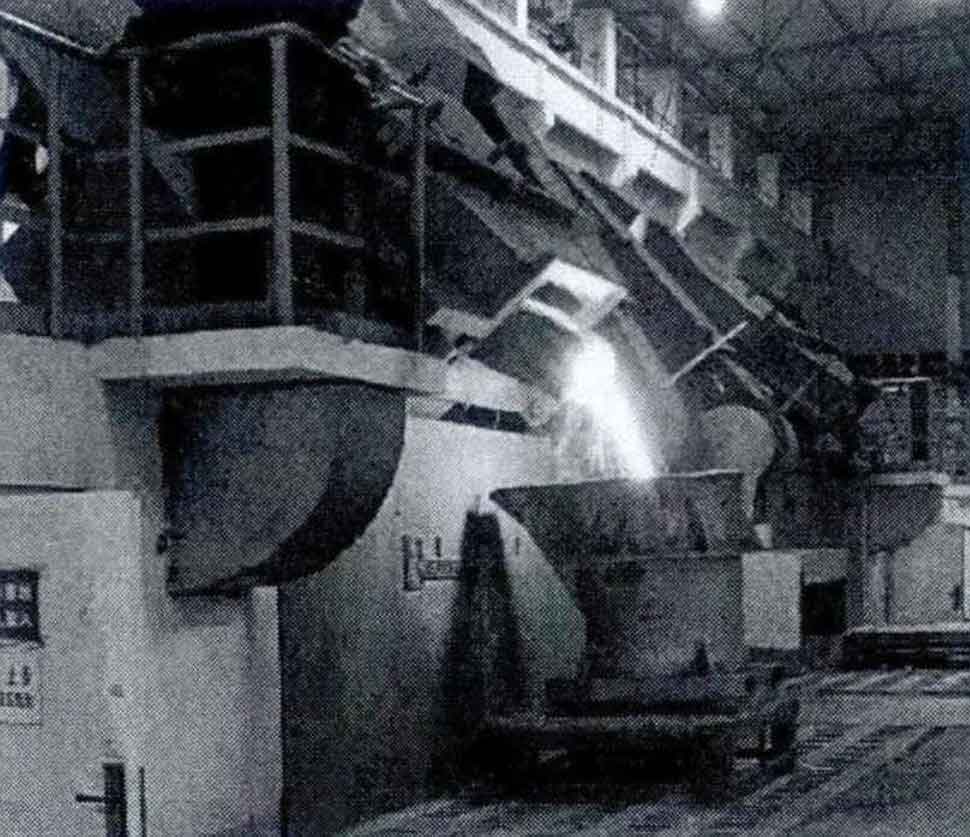Material science, a field that studies the properties and applications of materials in various facets of human life, has evolved significantly over the centuries. One material that has significantly influenced this evolution is grey cast iron. Characterized by its gray-colored fracture due to graphite flakes, grey cast iron has impacted material science in numerous ways.

Pioneering the Use of Cast Iron
Grey cast iron is considered one of the earliest forms of cast iron. Its discovery and utilization marked a significant milestone in material science. The ability to cast iron into intricate shapes opened up a new range of possibilities in construction, manufacturing, and other industrial applications.
Understanding the Role of Carbon
The use of grey cast iron contributed to a deeper understanding of the role of carbon in the properties of ferrous materials. With its high carbon content and unique microstructure featuring graphite flakes, grey cast iron demonstrated how variations in carbon content and form could dramatically affect the properties of the resulting material. This understanding later contributed to the development of other types of iron and steel with different carbon contents and structures to meet various needs.
Advancement of Heat Treatment Processes
The thermal properties of grey cast iron, including its response to various heat treatment processes, have helped drive advancements in this area of material science. Observations on how grey cast iron reacts to annealing, normalizing, or stress relieving, for instance, have provided valuable insights that have been applied to other materials as well.
Development of High-Performance Materials
Grey cast iron’s unique set of properties—such as high compressive strength, excellent machinability, good wear resistance, and superior vibration damping capacity—has spurred the development of high-performance materials. Many modern alloys and composites aim to replicate or enhance these properties for specific applications, with grey cast iron serving as a benchmark.
Influence on Sustainable Practices
The recyclability of grey cast iron, along with its longevity and durability, have contributed to a greater focus on sustainability in material science. These qualities have served as a model for developing new materials that are not only high-performing but also have a lower environmental impact.
In conclusion, grey cast iron has had a considerable influence on the evolution of material science. Its discovery and subsequent use in various applications have provided valuable insights into the behavior and manipulation of materials. Its impact can still be felt today, as we continue to strive for materials that offer the best balance of performance, cost-effectiveness, and sustainability.
